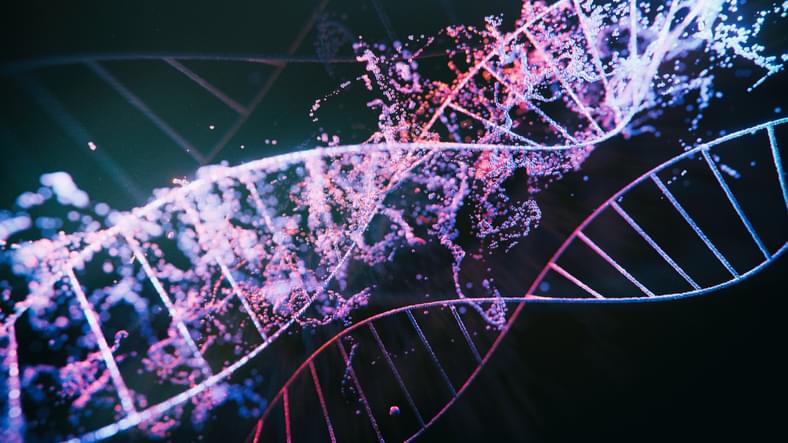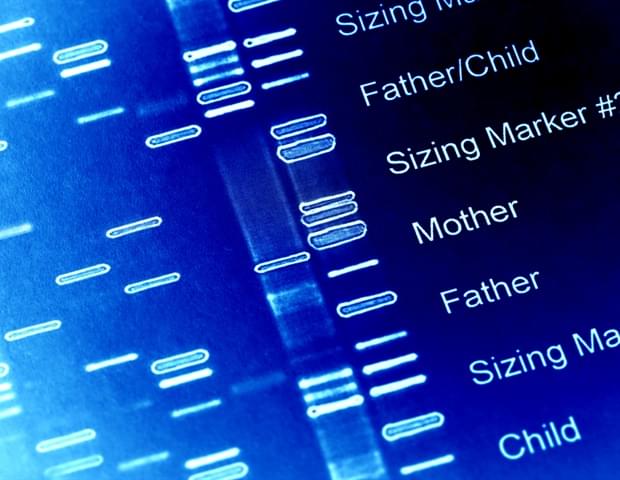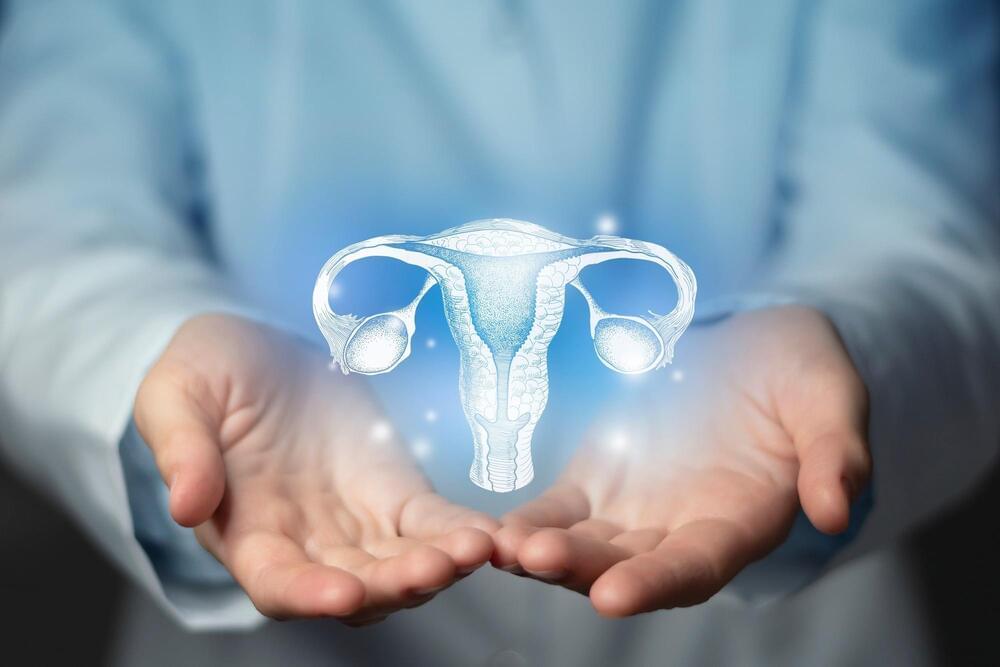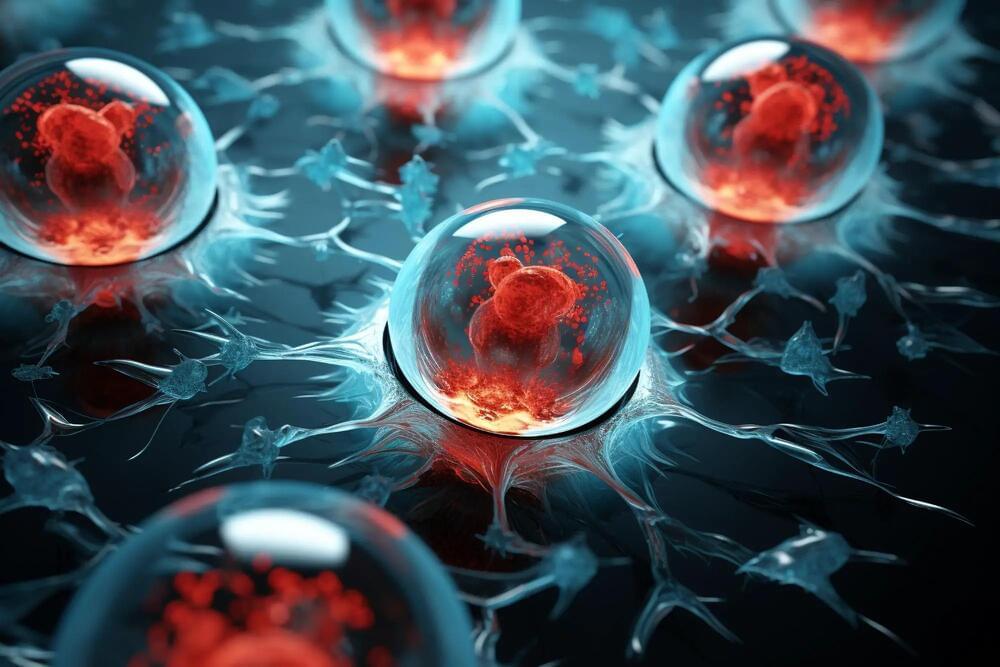With triplex origami, scientists can achieve a level of artificial control over the shape of double-stranded DNA that was previously unimaginable, thereby opening new avenues of exploration, according to the Aarhus University researchers. It has recently been suggested that triplex formation plays a role in the natural compaction of genetic DNA and the current study may offer insight into this fundamental biological process.
Potential in gene therapy and beyond
The work also demonstrates that the Hoogsteen-mediated triplex formation shields the DNA against enzymatic degradation. Thus, the ability to compact and protect DNA with the triplex origami method may have large implications for gene therapy, wherein diseased cells are repaired by encoding a function that they are missing into a deliverable piece of double-stranded DNA.





